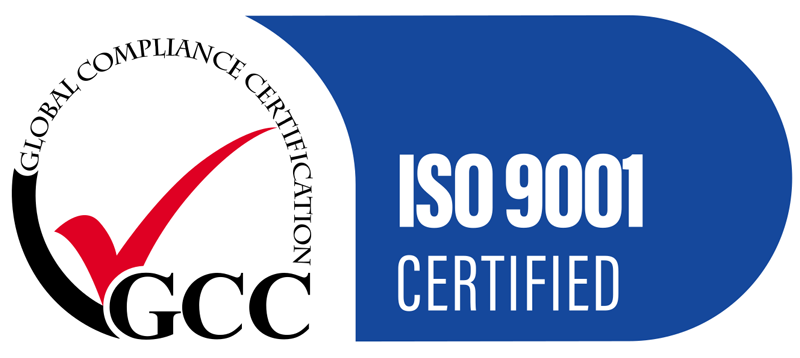Plasma cutting may look like an ultra-modern technique, but it actually goes back several decades.
It was initially developed as a by-product of plasma welding, which started in the 1950s and underwent its own process of continued refinement over the years. Plasma welding found initial popularity by being a cost-effective method for helping put military vehicles together, as it formed a durable seal and combat-ready tanks aren’t exactly known for the sleek lines so cosmetic issues were not a concern.
The process eventually evolved into plasma cutting by changing how the plasma jet was shaped and controlled. By altering the gas type, voltage supplied and the size of the nozzle it was soon discovered that plasma cutting could cleanly cut through solid metal measuring 10 inches thick.
A standard dry arc constriction technique was used in the very first plasma cutters, which were incredibly large and took a long time to make a precise cut. The parts used did not prove to be durable in the long run either, so further work was required to make it a viable option.
Atmospheric air plasma cutters were the next big innovation, with oxygen reacting to the electrical reaction to increase cutting times. However, the process fared poorly against steel and aluminium so the need for further development continued.
The next step in the evolution process for plasma cutting was the integration of water injection into the arc This more than doubled the temperature plasma cutters could reach, allowing for greater range of jobs they could perform.
High density plasma cutters were later developed in response to the precision of laser cutters. This used between 40 to 90 amps of power to achieve this result and gave operators the benefits of cutting with increased speed and cleaner lines that offered before.
Running concurrently to these developments was the progress being made in computer-aided design. Computers could be used to operate plasma cutters, allowing for more complex designs and reducing risk of error or injury to human operators. Like the original plasma cutters from decades ago, these computer-driven cutters were large and cumbersome but have since been miniaturised enough to be transported to work sites when needed.
Who knows what the future of steel cutting will be like? ShapeCUT will be the first to find out, so talk to us today to see how we can help your business grow.
Contact Us To Find Out More
We ensure a fast, exact and economical steel solution for our clients. Call our team today to discuss your steel cutting and metal processing requirements.
Get Our Newsletter
Contact details
121 Mica Street, Carole Park,
QLD, 4300, AUSTRALIA
Freecall: 1800 SHAPECUT (1800 742 732)
Telephone: (07) 3271 5600
Facsimile: (07) 3271 5454
Email: sales@shapecut.com.au
Accredited Profile Cutting

Profile Cutting
©2025 ShapeCut | Website design Brisbane by iFactory | Privacy Policy | Search | Sitemap



